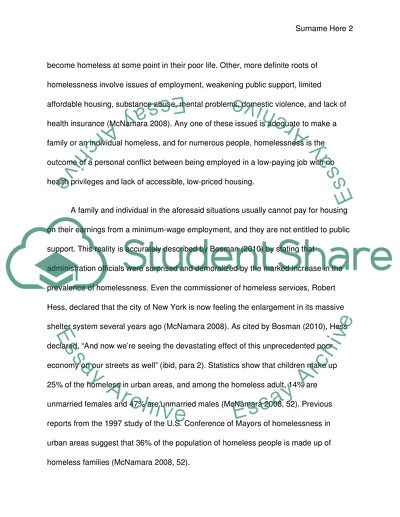Cite this document
(“Human Services Issues Research Paper Example | Topics and Well Written Essays - 3750 words”, n.d.)
Retrieved from https://studentshare.org/family-consumer-science/1408266-human-services-issues
Retrieved from https://studentshare.org/family-consumer-science/1408266-human-services-issues
(Human Services Issues Research Paper Example | Topics and Well Written Essays - 3750 Words)
https://studentshare.org/family-consumer-science/1408266-human-services-issues.
https://studentshare.org/family-consumer-science/1408266-human-services-issues.
“Human Services Issues Research Paper Example | Topics and Well Written Essays - 3750 Words”, n.d. https://studentshare.org/family-consumer-science/1408266-human-services-issues.


